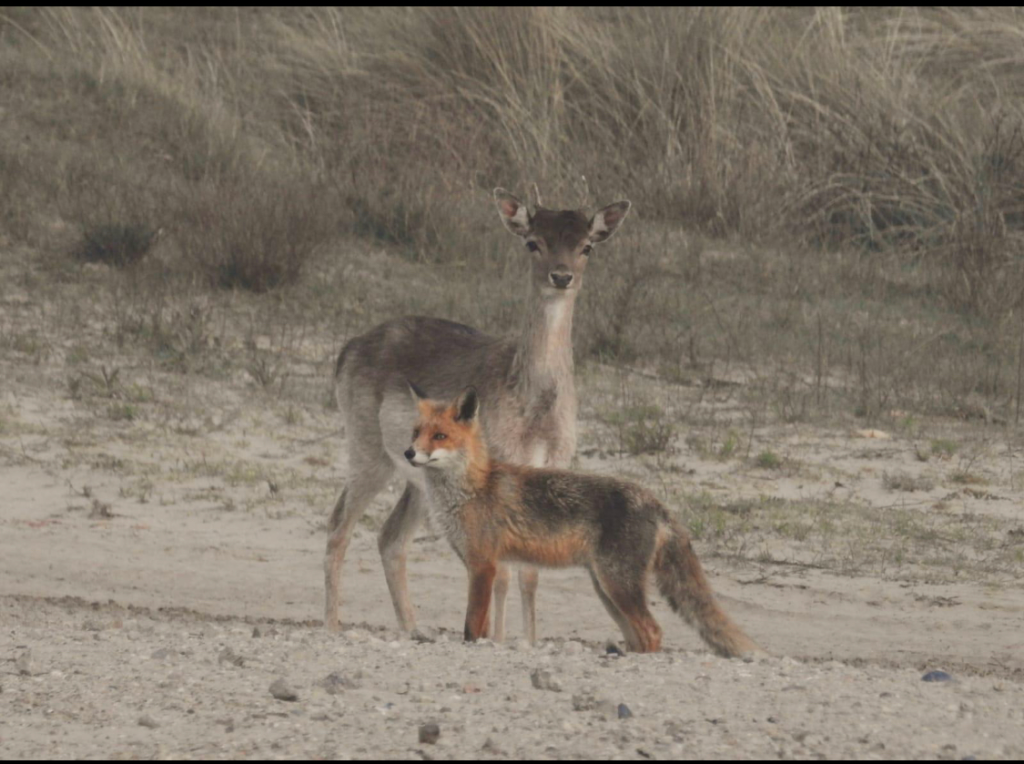“one life, live it”

You – as a highly sensitive high sensation seeker – thrive by variation and challenge. You are creative, innovative, enthusiastic and enterprising. You live intensely and want to experience intense feelings.
Do you have enough challenge in your life?
If not, than it’s possible that you suffer from understimulation or run into a bore-out.
After all your activities, you need recovery time, that’s the sensitive part in you. This can be hard because of the fact that you want constant action. If you don’t take enough recovery time into account, you lose your energy and will
– eventually – experience a burn-out.
Both parts, the hsp as well as the hss (high sensation seeking), want to be seen.
It’s also possible that there are other things you encounter.
While walking we can talk about it and – most importantly – about your wish.
Hsp and hss tests
Dr. Elaine Aron, the founding mother of high sensitivity, has designed a selftest for:
1) highly sensitive persons, which can be found via the following link: self-test adult
For further information, I refer tot the tab ” high sensitivity”, check the tab before.
2) high sensation seekers, which can be found via the following link: high sensation seeking test
Marvin Zuckerman, the founder of hss, says the following:
“sensation seeking is a personality trait defined by the search for experiences and feelings, that are “varied, novel, complex and intense” and by the readiness to “take physical, social, legal and financial risks for the sake of such experiences.”.
“……the high sensation seeker is sensitive to her, his (or its) internal sensations and chooses external stimuli that maximize them”.
Sensation seeking can be divided into 4 traits.
1. Thrill and adventure seeking
Desire for outdoor activities involving unusual sensations and risks, such as skydiving, jumping of a high bridge, high-speed driving, flying and so on.
2. Experience seeking
Referring to new sensory or mental experiences through unconventional choices, also including psychedelic experiences, social nonconformity and desire to associate with unconventional people.
3. Disinhibition
Preference of “out of control” activities such as wild parties, drinking and illegal activities.
4. Boredom susceptibility
Intolerance of repetition or boring people, and restlessness in such conditions.
While the aforementioned first three characteristics gradually become less while you grow older, the dislike of boredom is lifelong.
Of the 100 (red) persons, 20% (yellow) are highly sensitive. Of this 20%, 30% (blue) is a highly sensitive sensation seeker.

